Relearning history on the Civil Rights Pilgrimage
Confronting the truth about racism my public education failed to teach
Photo by Submitted
The trip forced me to confront the shortcomings of my own education and the historical narrative of racial education in public schools.
My rural Wisconsin high school failed to teach me the truth about racism.
Over spring break I had the opportunity to attend the UW-Eau Claire Civil Rights Pilgrimage, a nine day trip through the Deep South to confront historical sites and primary sources from the era people were enslaved through the Civil Rights Movement.
The trip forced me to confront the shortcomings of my own education and the historical narrative of racial education in public schools.
It was no surprise to me that my education was faulty. I knew the history curriculum was whitewashed but I never considered the extent or the reasons behind this faulty curriculum.
I was taught history in sections. A chapter on slavery, followed by a chapter on the Civil War, a chapter on segregation and the Civil Rights Movement focusing on Martin Luther King Jr. and nonviolent demonstrations with little to no connection between these historical eras.
An offhand comment from a teacher or a couple of sentences in the textbook might mention the Ku Klux Klan and other racial terrorist groups or violent resistance to the integration of white-only schools, but the violence towards civil rights activists is generally washed over.
We like to tell ourselves that we quickly accepted Black people’s fight for equality as a just cause and supported the movement for civil rights legislation. We don’t like to think about the violent resistance of the people who opposed the movement we now recognize as legitimate.
We never learn about mobs burning buses in Alabama because the Freedom Riders broke segregation rules and sat in the white-only sections.
We don’t learn about the lynch mobs that gathered outside Little Rock High School with nooses when nine Black students integrated the school.
We ignore police violence against activists. I never learned about Birmingham commissioner “Bull” Conner turning police dogs and fire hoses on peaceful demonstrators or the marchers in Selma ambushed by police officers with guns, batons and tear gas.
Violent resistance is swept under the rug so as to not contradict the false narrative of support and acceptance of the Civil Rights Movement. We don’t want to confront the horrible crimes our country committed.
The only way to fix bad education is through more education.
If your experience in school was like mine, recognizing faulty curriculums and false narratives is the first step in improving your education.
The next step is to fill in the gaps. Look for the ways racial events are connected to each other and how they create a continuous story stretching from the first enslaved people in America in 1619 to the Civil Rights Movement in the 60s, and even to racial tensions today.
Next, research the forgotten events. The Civil Rights Pilgrimage allowed me to confront the tangible proof of events that were left out of my education. But even an in-depth pilgrimage can only begin to scratch the surface.
There is more that is being left out and researching the countless historical events each leads to a better understanding of the truth.
No historical curriculum will ever be perfect. Some events need to be left out in order to teach about others in more depth. But understanding and confronting the shortcomings of our education is critical to understanding the world around us.
Taking steps to educate ourselves and fill in the gaps is the only way forward.
Mohr can be reached at [email protected].
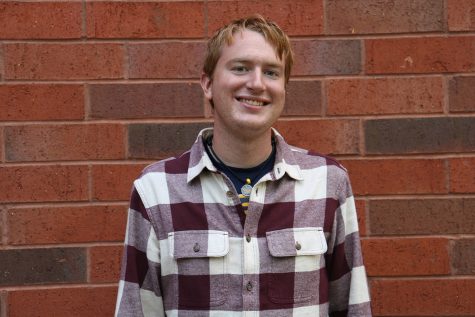
Toby Mohr is a third-year journalism and political science student. This is his fourth semester on The Spectator. He enjoys playing tennis, reading a book and writing for fun.

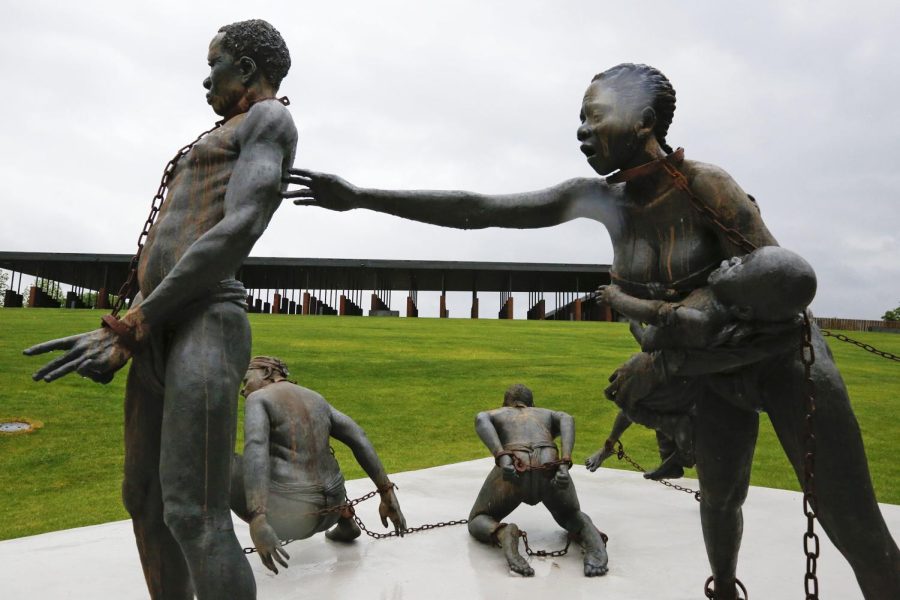
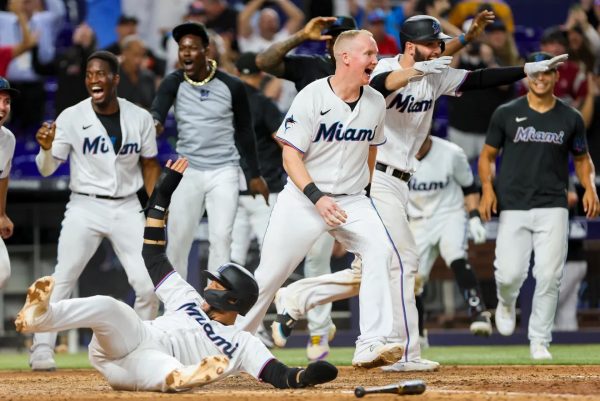
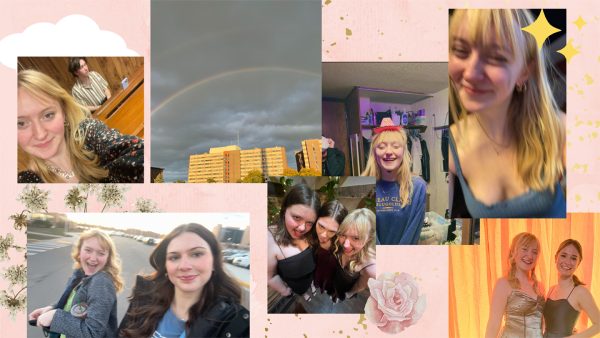

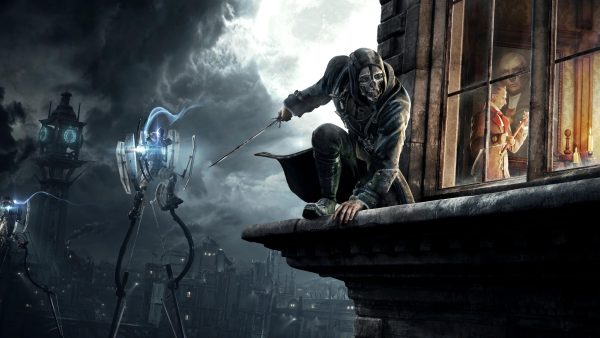
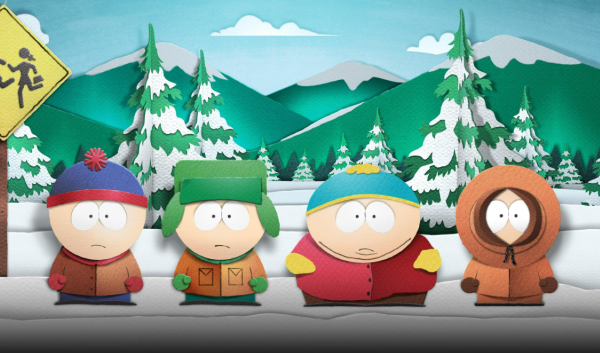
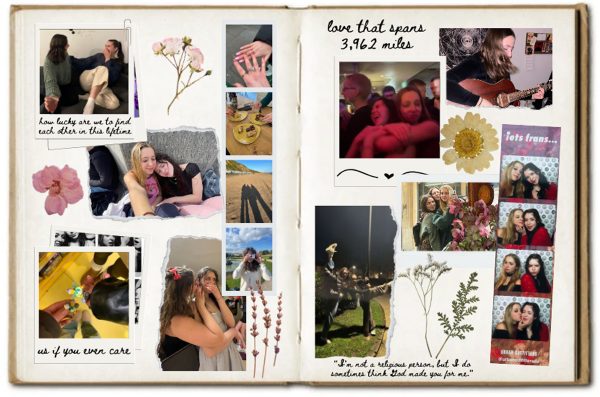
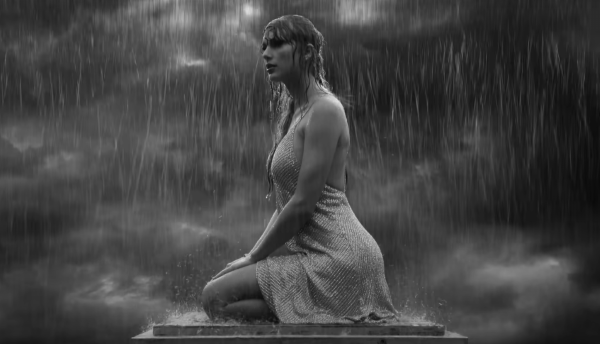
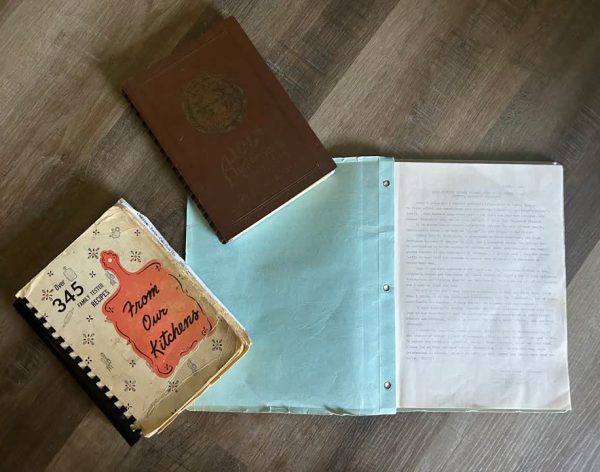
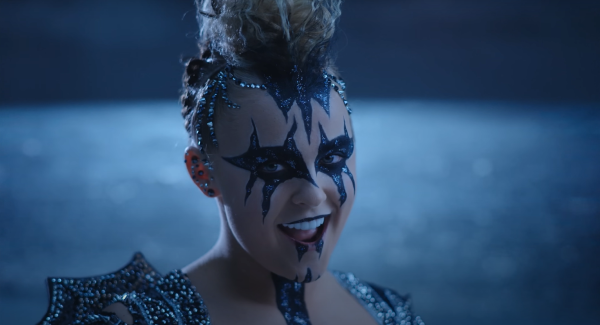
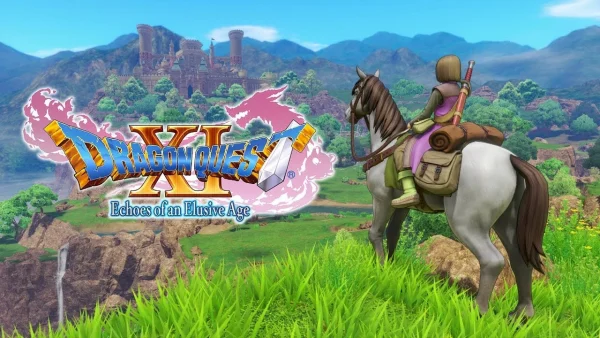
Samantha Lewey • Apr 6, 2022 at 7:15 am
Toby I completely agree with you on this I went in January and felt a lot like you